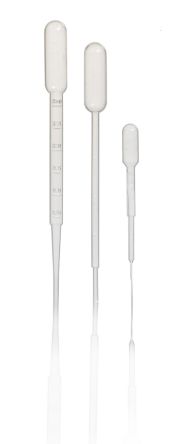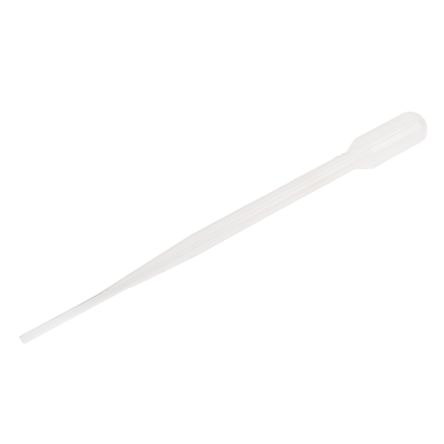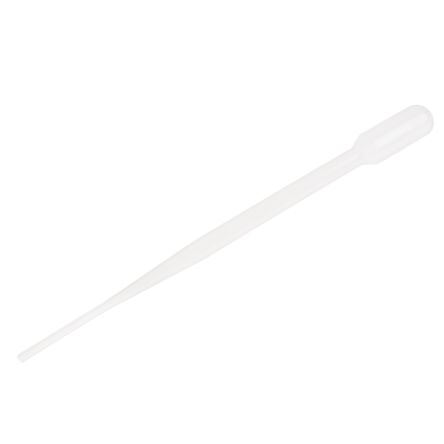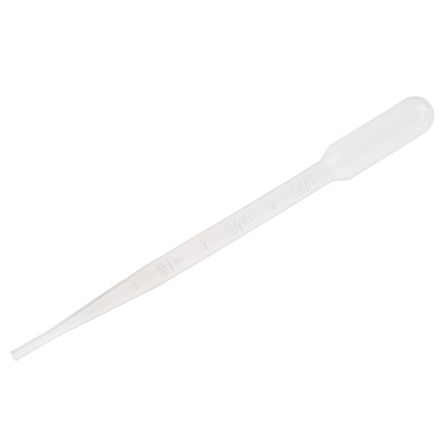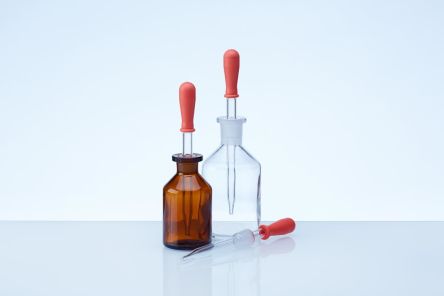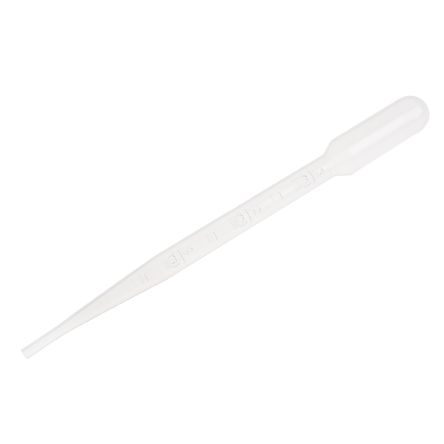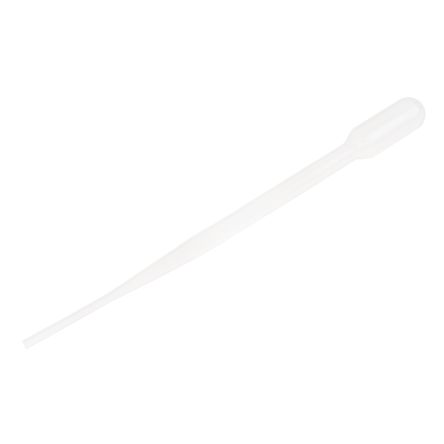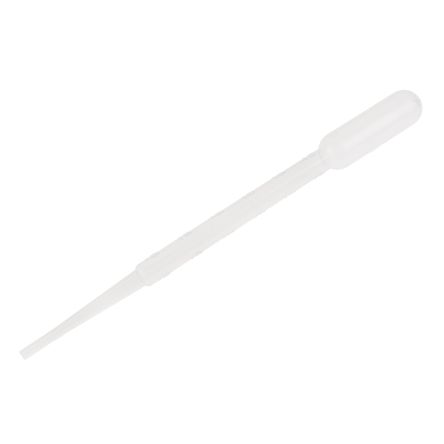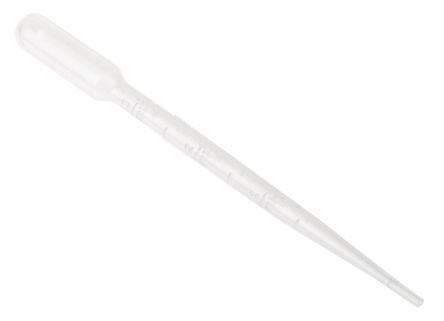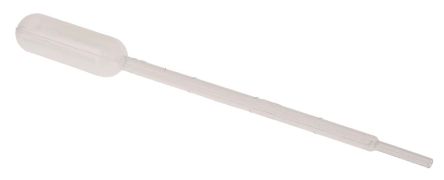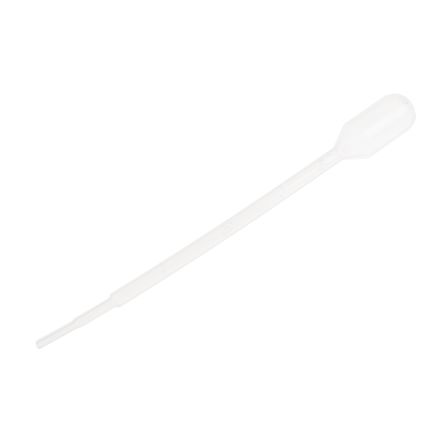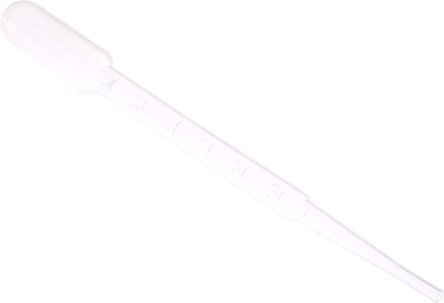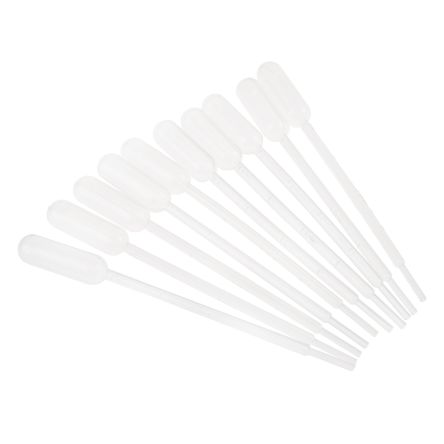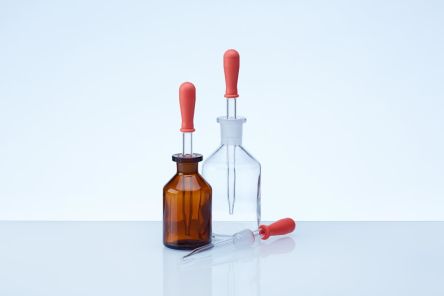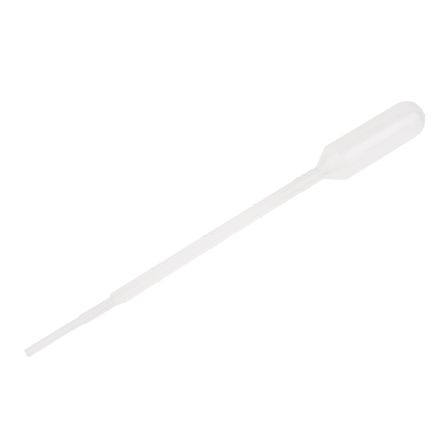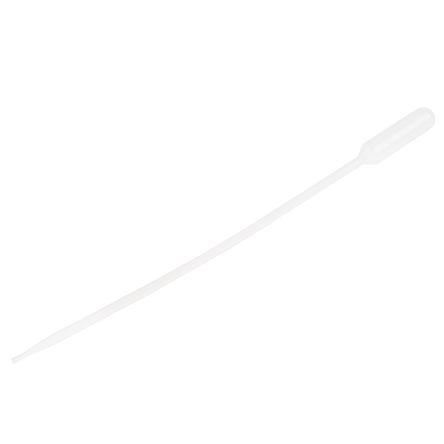- Automation & Control Gear
- Cables & Wires
- Enclosures & Server Racks
- Fuses & Circuit Breakers
- HVAC, Fans & Thermal Management
- Lighting
- Relays & Signal Conditioning
- Switches
- Batteries & Chargers
- Connectors
- Displays & Optoelectronics
- ESD Control, Cleanroom & PCB Prototyping
- Passive Components
- Power Supplies & Transformers
- Raspberry Pi, Arduino, ROCK, STEM Education & Development Tools
- Semiconductors
Pipettes
Pipettes are tools used in liquid handling to draw, transport and dispense small amounts of liquid. They traditionally consist of a tube and bulb which uses a vacuum to hold the liquid. Pipettes are also used to measure liquid and provide a precise method for dispensing.
Pipettes are made from a glass, polypropylene (PP) or polyethylene (PE) tube. Manual pipettes use separate bulbs or pumps that are squeezable to draw the liquid into the tube, while semi-automatic or electronic pipettes have similar devices built into the pipette. Laboratory testing often relies on the accuracy and quality measurement of indicators or specimens. Find out more in our complete pipettes guide.
Types of pipette
- Volumetric
- Graduated
- Oswald-Folin
- Semi-automatic
What is a volumetric pipette?
The volumetric pipette is a device that is capable of delivering only one volume of liquid. The real advantage of the volumetric pipette is that it delivers its one-volume very accurately, precisely and reproducibly. They are made from glass and have pointed tips like an eyedropper. Volumetric pipettes are usually used in analytical chemistry and are most commonly measured in ml (milliliters).
How much liquid does a pipette hold?
We offer a wide range of differed sized pipettes. For example, 3 ml up to 250 ml. Please refer to the capacity to ensure that the pipette is suitable for your chosen application.
Disposable pipettes
Plastic pipettes are available as a cheaper alternative, which may be used as disposable pipettes. However, we would recommend reusing pipettes where possible.
